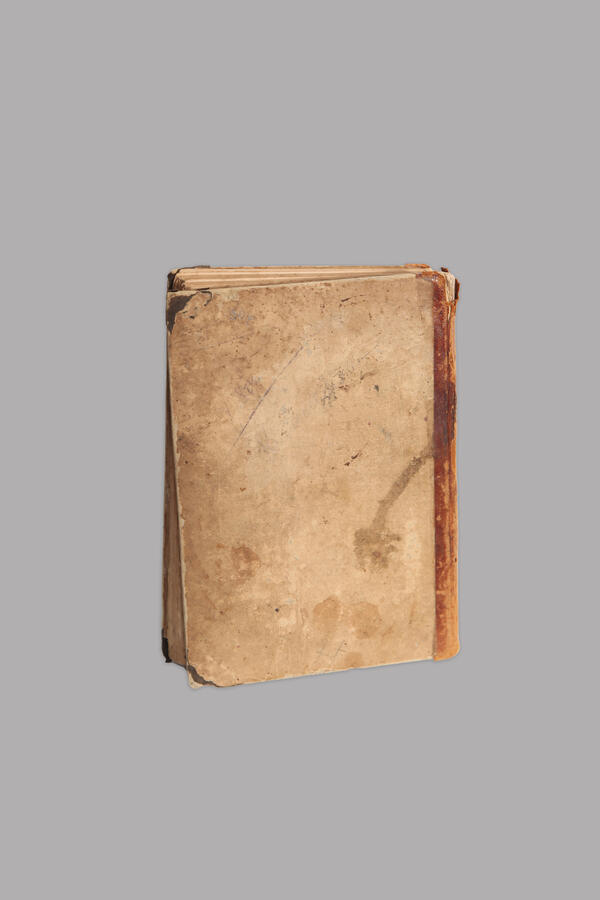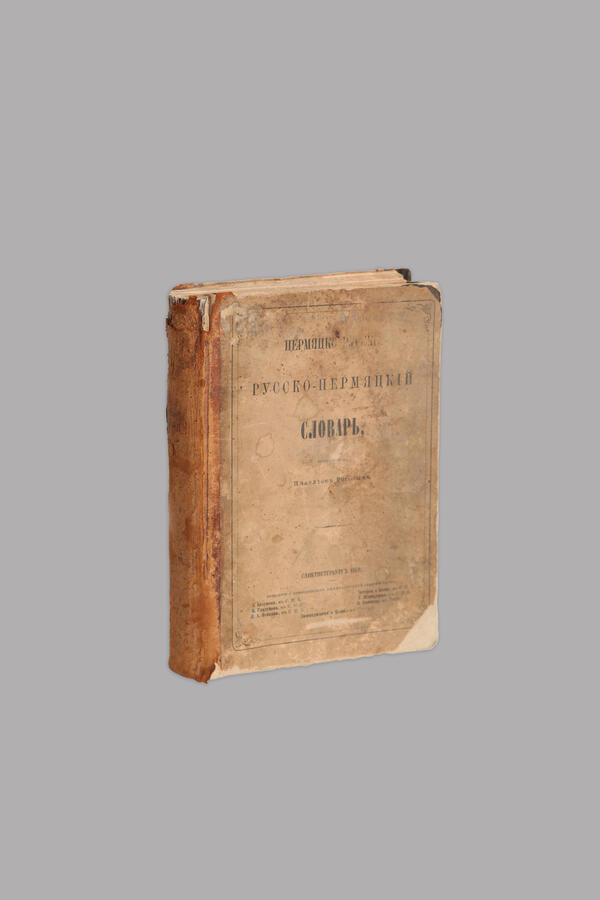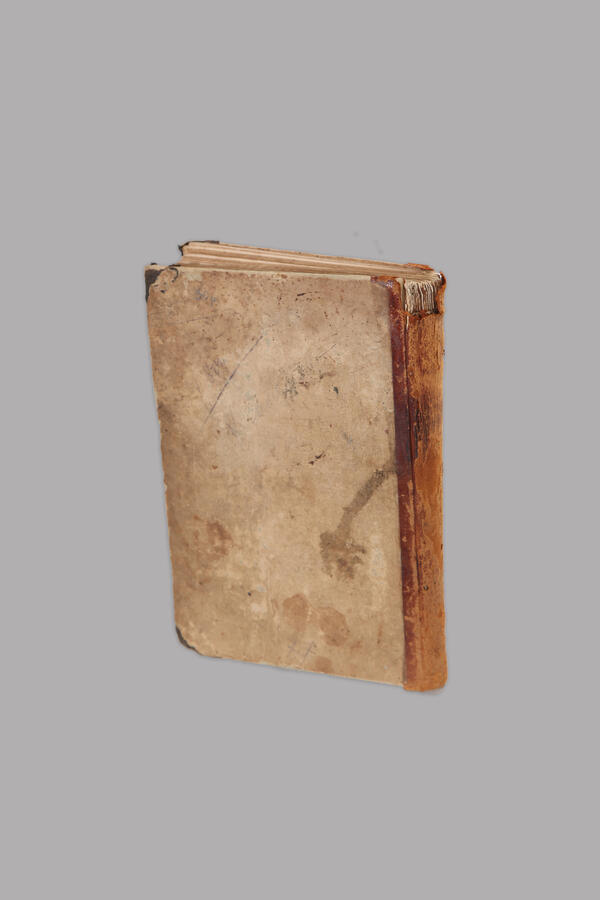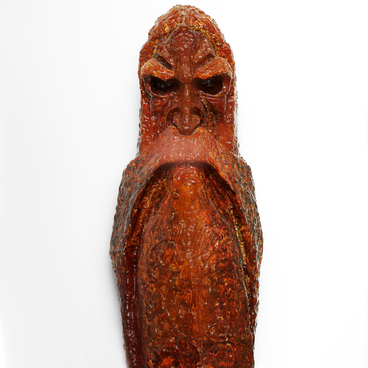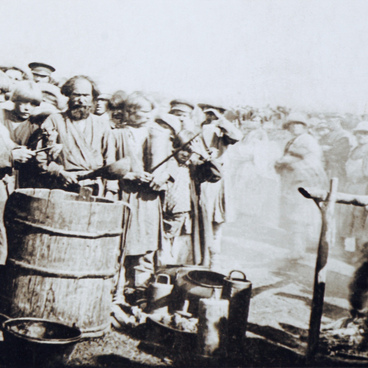The first and most complete dictionary of the Komi-Permyak language compiled by Nikolay Rogov is a “monument of the natural language” of the Kama region. It consists of 415 pages and 13,000 words of the Inva and Nerdva dialects of the Komi-Permyak language, which belongs to the Finno-Ugric group.
Nikolay Abramovich Rogov was the son of a serf from a Perm estate belonging to Count Stroganov. He graduated from the School of Agriculture and Mining sciences in Saint Petersburg, worked as a forester and manager of an iron smelting plant. But Nikolay Rogov’s major interests were local history, philology, and ethnography.
Despite the lack of a specialized education, Nikolay Rogov gained the support of the Imperial Russian Geographical Society after he had sent samples of the future dictionary there. The academicians acknowledged the value of the Komi-Permyak language and the importance of creating the dictionary. Andrey Mikhailovich Sjogren, a Russian linguist and founder of Finno-Ugric studies, recommended that Nikolay Rogov use Pavel Ivanovich Savvaitov’s dictionary and grammar of the Komi-Permyak language as a model. These books set a benchmark for Rogov, but the basis of his work was “live folk talk, which he strove to study thoroughly”.
Nikolay Rogov’s work laid the foundation for lexicography and studying the grammar of the Komi-Permyak language. The author wrote in the preface to this dictionary: “Native Permyaks are becoming noticeably Russified, and their natural language is disappearing, being replaced by the Russian language. Such a situation of the Permyak people and the Permyak language led me to think that the Permyak language will go out of use completely and disappear. In order to preserve the memory of this language, I considered it necessary to compile a complete Permyak dictionary.”
The first printed dictionary of the Komi-Permyak language contains many terms related to material culture, family relations, applied art, providing a genuine description of the way of life of the Komi people. Nikolay Rogov published over 50 works and articles devoted to the development of the Perm region, including “Materials for describing the everyday life of Permyaks” and “Experience of the Statistical Review of the Invenskaya Dacha”. His legacy still remains an important reference source, which provides information on the life of the Komi-Permyak people in the 19th century.
Nikolay Abramovich Rogov was the son of a serf from a Perm estate belonging to Count Stroganov. He graduated from the School of Agriculture and Mining sciences in Saint Petersburg, worked as a forester and manager of an iron smelting plant. But Nikolay Rogov’s major interests were local history, philology, and ethnography.
Despite the lack of a specialized education, Nikolay Rogov gained the support of the Imperial Russian Geographical Society after he had sent samples of the future dictionary there. The academicians acknowledged the value of the Komi-Permyak language and the importance of creating the dictionary. Andrey Mikhailovich Sjogren, a Russian linguist and founder of Finno-Ugric studies, recommended that Nikolay Rogov use Pavel Ivanovich Savvaitov’s dictionary and grammar of the Komi-Permyak language as a model. These books set a benchmark for Rogov, but the basis of his work was “live folk talk, which he strove to study thoroughly”.
Nikolay Rogov’s work laid the foundation for lexicography and studying the grammar of the Komi-Permyak language. The author wrote in the preface to this dictionary: “Native Permyaks are becoming noticeably Russified, and their natural language is disappearing, being replaced by the Russian language. Such a situation of the Permyak people and the Permyak language led me to think that the Permyak language will go out of use completely and disappear. In order to preserve the memory of this language, I considered it necessary to compile a complete Permyak dictionary.”
The first printed dictionary of the Komi-Permyak language contains many terms related to material culture, family relations, applied art, providing a genuine description of the way of life of the Komi people. Nikolay Rogov published over 50 works and articles devoted to the development of the Perm region, including “Materials for describing the everyday life of Permyaks” and “Experience of the Statistical Review of the Invenskaya Dacha”. His legacy still remains an important reference source, which provides information on the life of the Komi-Permyak people in the 19th century.

